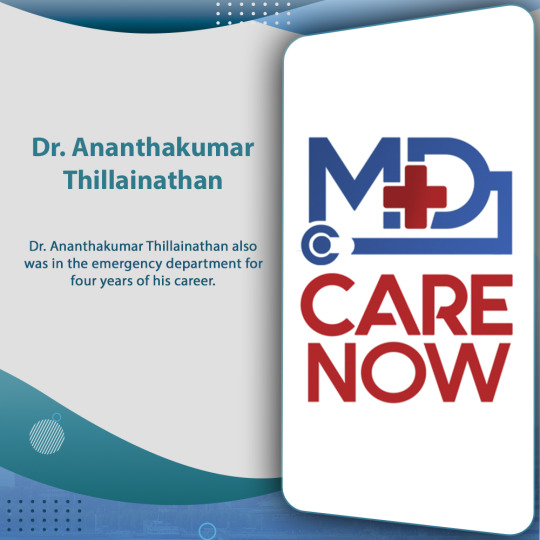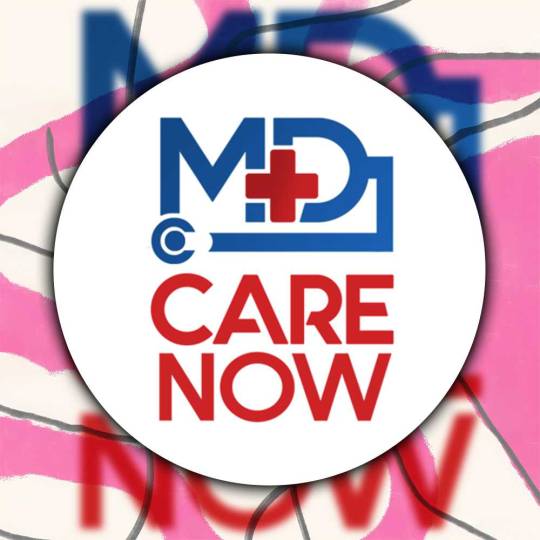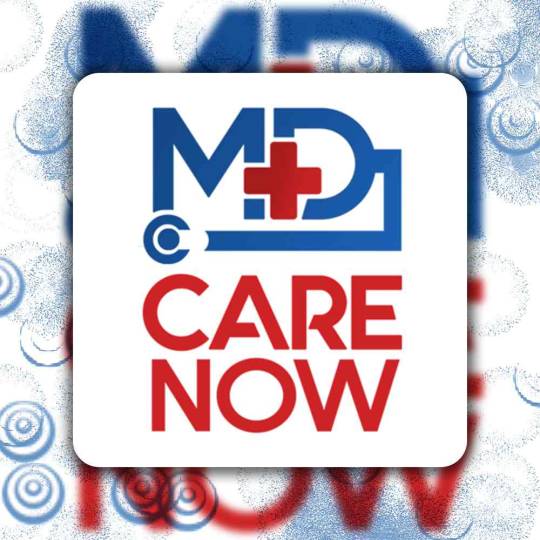Text
6 notes
·
View notes
Text
0 notes
Text
A New Study Looks at the Trends in Postoperative Deep Surgical Site Infection
Surgical site infections (SSIs) are one of the most common nosocomial infections, and they are associated with significant morbidity. They increase hospitalization, shorten survival, expose patients to frequent surgeries, and increase healthcare costs.
SSIs may be caused by bacteria, including Methicillin-resistant Staphylococcus aureus (MRSA), vancomycin-resistant enterococci (VRE), and third-generation cephalosporin-resistant Escherichia coli. Resistant microorganisms can have a major impact on patient safety and outcomes.
Surgical site infection (SSI) is an avoidable postoperative complication that increases patient morbidity and health care costs. SSIs are often caused by bacteria from the patient's endogenous flora inoculated into the surgical wound.
SSIs can occur at the surgery site, called superficial incisional SSI (SISI). They can also develop below the incision area in the muscle and tissues around the muscles, called deep incisional SSI.
In this study, we looked at the trends in postoperative deep surgical site infections using data from three national reporting databases. The rates of SSI reported by UHC, NSQIP, and NHSN were 1.5%, 8.8%, and 2.8%, respectively.
The NSQIP rate was higher than those of UHC and NHSN, reflecting the smaller denominator compared with the chart review. The rates of deep and organ space SSI were higher with NSQIP, although both groups were comparable in terms of overall SSI rates.
Surgical site infections (SSI) are among the most common hospital-acquired infection (HAI) and are associated with a prolonged hospital stay, morbidity, and additional financial burden. SSIs can be superficial and involve the skin only or more serious and may involve other tissues, organs, and implanted material.
Various risk factors for SSIs have been identified in previous studies. These include smoking before surgery, poor nutrition, diabetes, pre-existing infection and a wound defect that prevents wound healing.
This study found that higher BMI or obesity was significantly associated with a higher postoperative SSI rate after lumbar spinal surgery. The findings of this study are important as they will help physicians identify patients at higher risk for SSIs after surgery. The patient and physician can also address several other risk factors associated with SSIs after surgery to reduce the incidence of SSIs. These include advising patients to stop smoking before surgery, tight blood sugar control, weight loss, earlier mobilization and rehabilitation after surgery.
Surgical site infections are a serious complication of surgery that can lead to septicemia (blood poisoning) and septic shock. SSIs are caused by bacteria infiltrating the incision site and underlying tissue.
SSIs occur in the skin, muscles, and surrounding tissue in an incision and can spread to other areas of your body. They usually cause fever, pain, and swelling in the incision area.
You can do many things to reduce your risk of a surgical site infection, such as stopping smoking and shaving before surgery. Also, you can follow your doctor's wound care instructions after surgery.
Surgical site infections are one of the most common complications of surgery. They can be difficult to diagnose, but if you have symptoms of a surgical site infection, like fever or pus, call your healthcare provider. Using the National Nosocomial Infections Surveillance System, the Centers for Disease Control and Prevention tracks SSI trends. They have also developed guidelines for reporting healthcare-associated infections, including SSIs.
Surgical site infections (SSIs) are important to hospital morbidity and mortality, causing prolonged hospital stays, higher reoperation rates, and increased hospital costs. SSIs occur after surgery, but they happen more frequently when the procedure involves an incision or other invasive approach.
SSIs can involve various organs and spaces, including the skin and the gastrointestinal, respiratory, or urinary tract. Typically, these infections are caused by bacteria, fungi or viruses and may include superficial wound infection, mediastinitis, or abscess formation.
A postoperative surgical infection should be considered in patients with any deviation from expected recovery. One sign is a change in the diuresis or mobilization of third-space fluids.
There are several treatment options for SSIs. These vary according to the location, depth and severity of the infection. Often the most effective therapy is opening the wound to allow for drainage and expression of the infection. Antibiotics are often only required when the infection is severe or there is an underlying collection of purulent material.
0 notes
Text
1 note
·
View note
Text
0 notes
Text
0 notes
Text
Ruxolitinib for COVID-19-related ARDS
A very bad effect of COVID-19 is acute respiratory distress syndrome (ARDS). It is linked to a high death rate, especially in older people and those with lung disease or other health problems. In a non-randomized prospective phase II multicenter study, we looked into whether ruxolitinib treatment could improve the outcome of COVID-19 ARDS patients who needed invasive mechanical ventilation. Our study shows that ruxolitinib improved outcomes, cut down on the need for oxygen therapy, and brought back normal lymphocyte counts and inflammatory markers.
Roxolitinib, a first-in-class JAK1 and JAK2 inhibitor, has been approved by the U.S. Food and Drug Administration to treat myelofibrosis, polycythemia vera, and acute graft-versus-host disease (GRHD) that doesn't respond to steroids. It is also being looked at in ARDS, which is related to COVID-19. People with COVID-19 can have severe respiratory complaints that come on quickly. 20% of people with pneumonia need to stay in the hospital, get help breathing, and use invasive mechanical ventilation. Another 5% needs to go to the intensive care unit (ICU).
A life-threatening lung disease called acute respiratory distress syndrome (ARDS) can happen when the body can't control inflammation. If nothing is done, this can lead to major breathing problems or even death. A study found that people with COVID-19-related ARDS who took ruxolitinib lived much longer after 28 days. But the results were not statistically important. This could be because of differences in how the study was done and how people were cared for in different places.
A larger sample is needed to find out if trends toward better effectiveness in subgroups of patients are clinically important. When used to treat ARDS caused by COVID-19, ruxolitinib improves lung function and lowers the need for air. It is safe and well-tolerated. As an inhibitor of phosphodiesterase 5 (PDE5), pirfenidone (ruxolitinib) stops IL-6 from binding to soluble IL-6 receptors. This is important because IL-6 can cause a cytokine storm, which can lead to ARDS in people with a serious COVID-19 infection. A phase 3 study called RUXCOVID, which was done in 61 places around the world, showed that ruxolitinib is safe.
The study was approved by the ethics committee at each hospital that took part and was done according to the Declaration of Helsinki. It compared ruxolitinib to the standard of care in 424 patients with COVID-19-associated ARDS. Roxolitinib is a safe and effective drug for treating people with myelofibrosis, polycythemia vera (PV), and acute graft-versus-host disease that does not respond to steroids. It is a Janus kinase inhibitor, which is a type of drug. Janus kinases 1 and 2 can't send signals when pro-inflammatory cytokines cause STAT3 to become phosphorylated.
When the JAK/STAT pathway is blocked, the number of inflammatory cytokines goes down. This is good for lung function and quality of life. The drug is also used to treat granulomatous vasculitis, which can happen to people with PV or myelofibrosis who don't get better with other medicines. Patients who are already taking other drugs take it by mouth, usually twice a day. The drug is also being tested for preventing and treating respiratory failure caused by COVID-19-associated ARDS in a clinical study with hospitalized COVID-19-associated ARDS patients who need mechanical ventilation.
Qualified people in the US can get the drug through an expanded access program. When patients with COVID-19-associated ARDS who needed artificial breathing took the Janus kinase (JAK) 1 and JAK2 inhibitor roxolitinib, they got better faster and died less often after 28 days. This study used a phase III randomized, double-blind, placebo-controlled experiment. 281 hospitalized patients with severe COVID-19-associated ARDS were given roxolitinib 15 mg twice a day or corresponding double-dose placebo tablets at random for 14 days.
The study was stopped early because there wasn't enough time to reach the main goal. During treatment, the most common side effects were headaches and diarrhea. The ruxolitinib group had more serious side effects (grade 3 or higher) than the other groups. A large number of people also had a return of the virus or a worsening of their health after treatment. This could be because of the cytokine storm, a problem with the immune system caused by COVID-19 and seen in people with ARDS. Because of this disease, there are more cytokines in the body like interleukin (IL)-1b, IL-2, IL-6, and IL-10.
0 notes
Text
Infectious Diseases That Are Emerging
New infectious illnesses are brought about by a variety of circumstances, including changes in the social and environmental milieu. Climate change, globalization, and rural-to-urban migration are a few examples of these shifts.
Most frequently, these modifications are linked to infections from the animal kingdom, some of which have evolved to infect people. In other cases, a microbial genome mutation or genetic reassortment produces a new agent that may infect humans.
A respiratory disease called influenza, which can be mild or severe, might get worse for people who already have certain medical issues. Infants, expectant mothers, and adults who have asthma or other chronic medical conditions are particularly at risk.
When someone coughs, sneezes, or chats, tiny droplets of the virus are released into the air and readily pass from one person to another. People close may subsequently receive these droplets in their mouths, noses, or eyes. The ciliated epithelial cells that border the nose, throat, and lungs are invaded by influenza viruses after they have entered the body. After that, they target these cells, inflaming and harming them.
The virus that causes chikungunya is transmitted by the bite of an infected mosquito. Joint discomfort and a high temperature are typical symptoms. In certain persons, it might result in severe and incapacitating symptoms. The female Aedes aegypti and Aedes albopictus mosquitoes are the carriers of the virus. The tropical and subtropical areas of Africa, Asia, Europe, and the Pacific Islands are where it is most prevalent.
Serious problems are rare, and the symptoms often go better within a few days or weeks. However, some patients develop a chronic (long-lasting) version of the illness, which can cause persistent joint discomfort. This chronic type is worse for babies, elderly individuals, and persons with heart problems or diabetes.
Ebola is an uncommon, serious illness with a high mortality rate. Although HIV is a major source of death in Africa, it can be managed and perhaps eradicated with better medical care and vaccinations. It is passed on by diseased wild animals such fruit bats, chimps, gorillas, monkeys, and forest antelope. Blood, saliva, and other body fluids from diseased animals can also infect humans.
Rehydration and early intervention increase survival. Patients must be treated in isolation from the general population while being housed in a hospital. Protective gear and measures must be used by healthcare professionals who are infected or who work with patients who have been exposed to the disease.
Zika is a virus spread by mosquitoes that can result in a low-grade fever, rash (most commonly maculopapular), and other symptoms. Usually, two to seven days after a mosquito bite, symptoms appear. For babies whose mothers contracted the virus while they were pregnant, Zika can result in serious brain issues including microcephaly. Women who get the infection early in their pregnancies experience these issues more frequently.
Avoiding mosquito bites is the basic method of illness prevention. Several repellents might potentially lessen the quantity of mosquito bites you get and protect you from them while having sex. Use barrier defenses against sex as well, such as condoms or dental dams. These help prevent STIs and are used to stop sperm from getting to the egg.
0 notes
Text
0 notes
Text
0 notes
Text
0 notes
Text
0 notes
Text
0 notes







